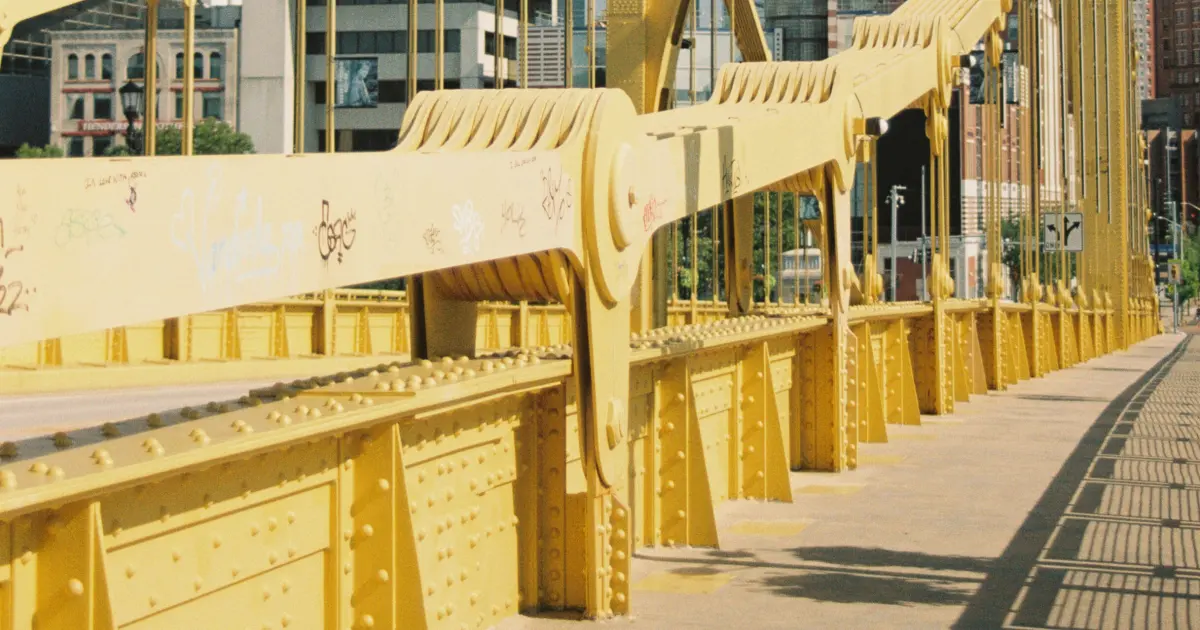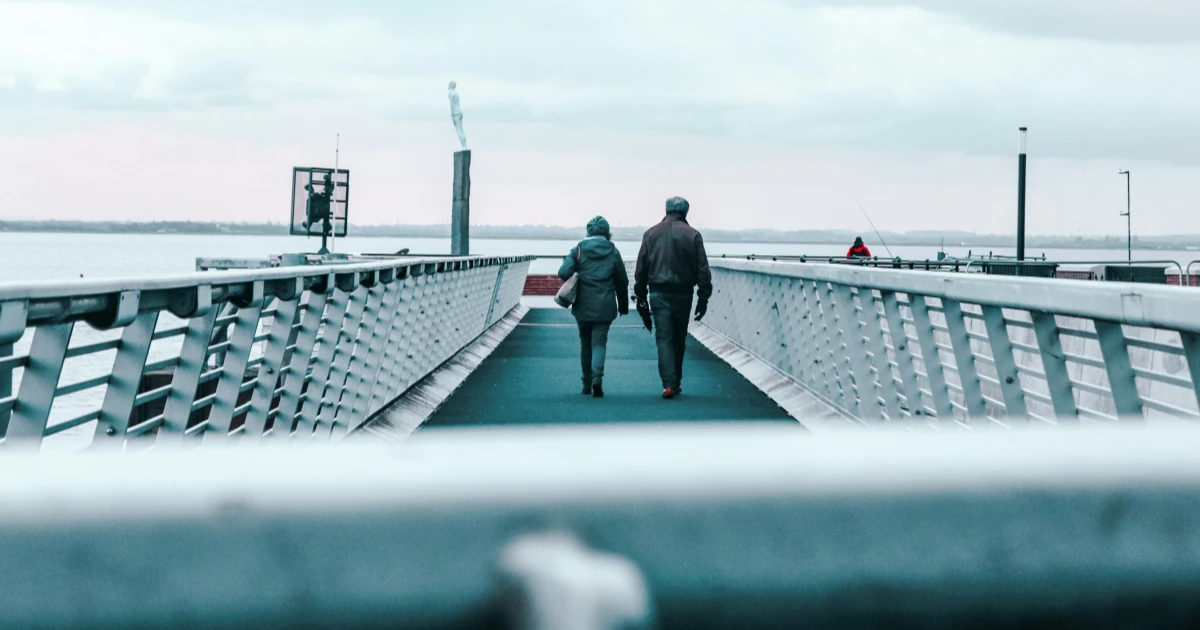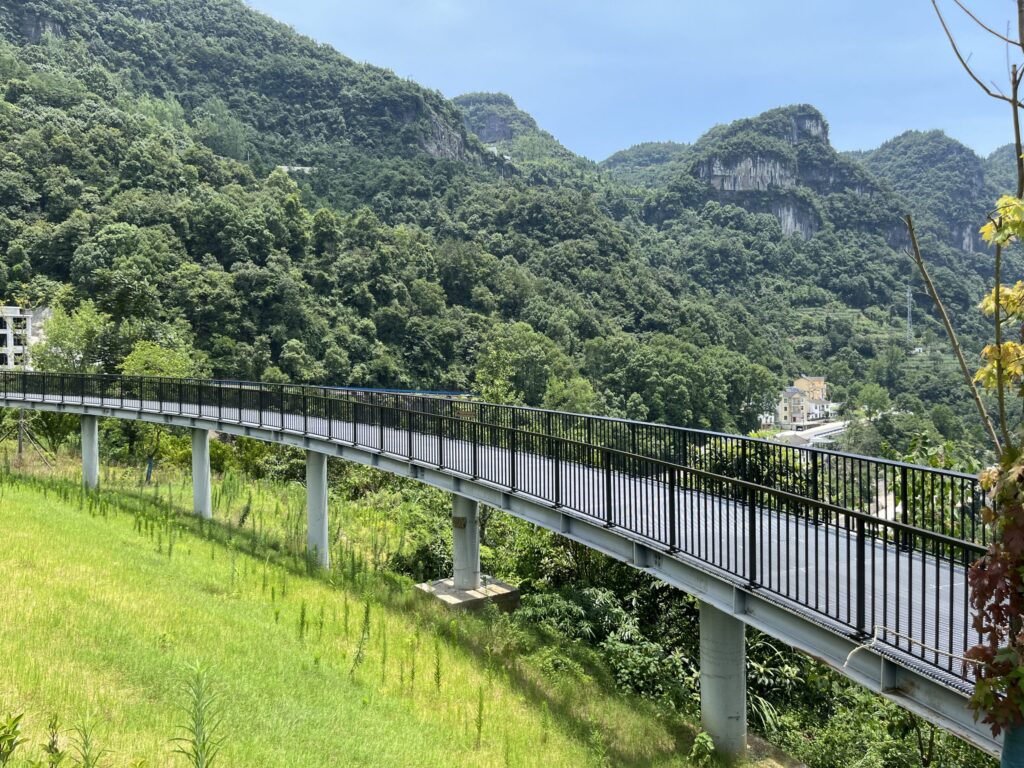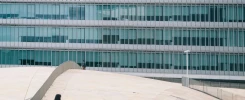When you think of a footbridge, you probably think of a simple structure that helps you cross from one point to another. But in landscape architecture, footbridges are much more than that. They are an expression of design, innovation, and functionality. In this article, we’ll explore some outstanding examples of landscape footbridge made from metal materials, demonstrating their importance and impact.
The importance of landscaped footbridges
Why are landscape footbridge so important in the field of architecture? First of all, they provide a practical solution for crossing obstacles such as rivers, roads, or valleys. But beyond their functionality, they also enhance the aesthetics of their surroundings and connect nature to the city.

Enhancing connectivity
Footbridges improve accessibility and connectivity, making it easier for people to move between areas. They are vital, especially in urban environments where pedestrian flows require safe and efficient routes.
Aesthetics
Well-designed footbridges can become landmarks, attracting visitors and enhancing the aesthetics of the local area. These structures often incorporate artistic elements to make them more attractive.
Environmental impact
Many modern footbridges use sustainable materials and are designed to minimize their impact on the environment. They coexist with nature, providing the necessary infrastructure while preserving the ecosystem.

Examples of footbridge projects
Let’s take a closer look at five outstanding examples of landscape footbridge that utilize metal materials to stunning effect.
Paleisbrug, Netherlands
The bridge, located in the center of s-Hertogenbosch and Paleiskwartier, crosses the railroad and was built in 2015. It is a multifunctional landscape footbridge that combines a park, a bridge, and a bike path with great accessibility. The bridge has a steel construction and is designed to stand the test of time. The rust-like appearance blends in with the natural environment, giving it a warm, rustic feel. This steel not only provides strength but also requires minimal maintenance, making it environmentally friendly.
Ponte Segunda Circular, Portugal
The bridge, also constructed in 2015, is located on Lisbon’s second-ring road. It allows access for pedestrians and bicycles and has a steel structure with sides made of steel plates. Its bright colors and forms are designed to create an excellent visual effect against the backdrop of the city.
Stadium Loop Footbridge, China
The footbridge is located in the central area of Xianyang City and is styled with traditional Chinese symbols. The material used is aluminum, with a dosage of about 500 squats and a span of more than 45 meters. This allowed for an intricate design with loops and curves to create a striking silhouette. Aluminum’s resistance to weathering makes it ideally suited to the region’s climate, ensuring longevity and minimal maintenance.
Webb Bridge, Australia
The Webb Bridge in Melbourne is a unique blend of art and architecture inspired by traditional Aboriginal fishing traps.
The bridge features a tubular steel structure that creates an intricate mesh pattern. This design not only ensures structural integrity but also provides a fascinating visual experience for pedestrians. The versatility of steel allows it to form such intricate forms, making it a popular choice for art projects.
Shanhai Health Trail, China
The Shanhai Health footbridge in Xiamen is 23 kilometers long and runs in an east-west direction. The pavement is extensively paved with Swage series T bar aluminum grating from HY Industries, making it non-slip and wear-resistant, and highly comfortable to tread on. At the same time, it has excellent corrosion resistance to cope with the hot and humid weather in coastal cities. This makes the whole bridge more delicate and in line with modern aesthetics.

Types of metal materials
When building a pedestrian bridge, the choice of metal material is critical. Each material has unique advantages suited to different needs and environments.
Stainless steel
Known for its corrosion resistance and sleek appearance, stainless steel is ideal for modern design. Stainless steel also has excellent thermal properties, making it suitable for high-temperature environments.
Aluminum
Aluminum is lightweight and flexible, perfect for complex designs and areas requiring minimal structural loads. It is also highly resistant to corrosion, making it suitable for use in wet or seaside environments.
Carbon steel
Carbon steel is a hard, strong material with good resistance to compression and good machinability. It is suitable for projects with mild temperatures and low budgets.
Conclusion
Landscape footbridge are more than just a passageway; they are an integral element in enhancing connectivity, aesthetics, and environmental harmony. Through the use of metal materials such as stainless steel and aluminum, these structures strike an impressive balance between aesthetics and functionality.
From the modern appeal of the Paleisbrug to the artistic flair of the Webb Bridge, these footbridges inspire us to appreciate the perfect blend of human innovation and natural beauty. They are more than just bridges – they are masterpieces of the city, bridges that facilitate communication.
If you’re designing a footbridge project, consider metal materials and services from HY Industries. We have high-end factories for the production of modern construction materials such as aluminum grating, perforated panels, and safety walkways. In addition to this, services such as project design, field measurement, and installation. Feel free to contact us for the latest product information and quotation.


